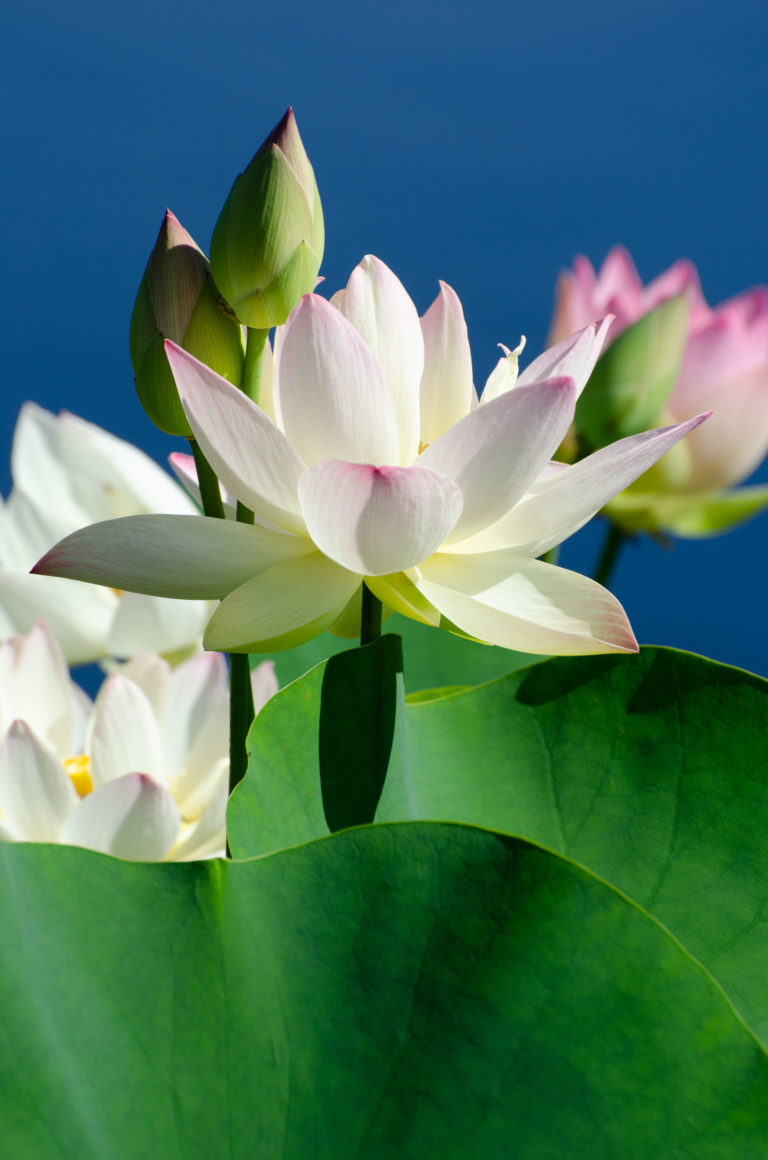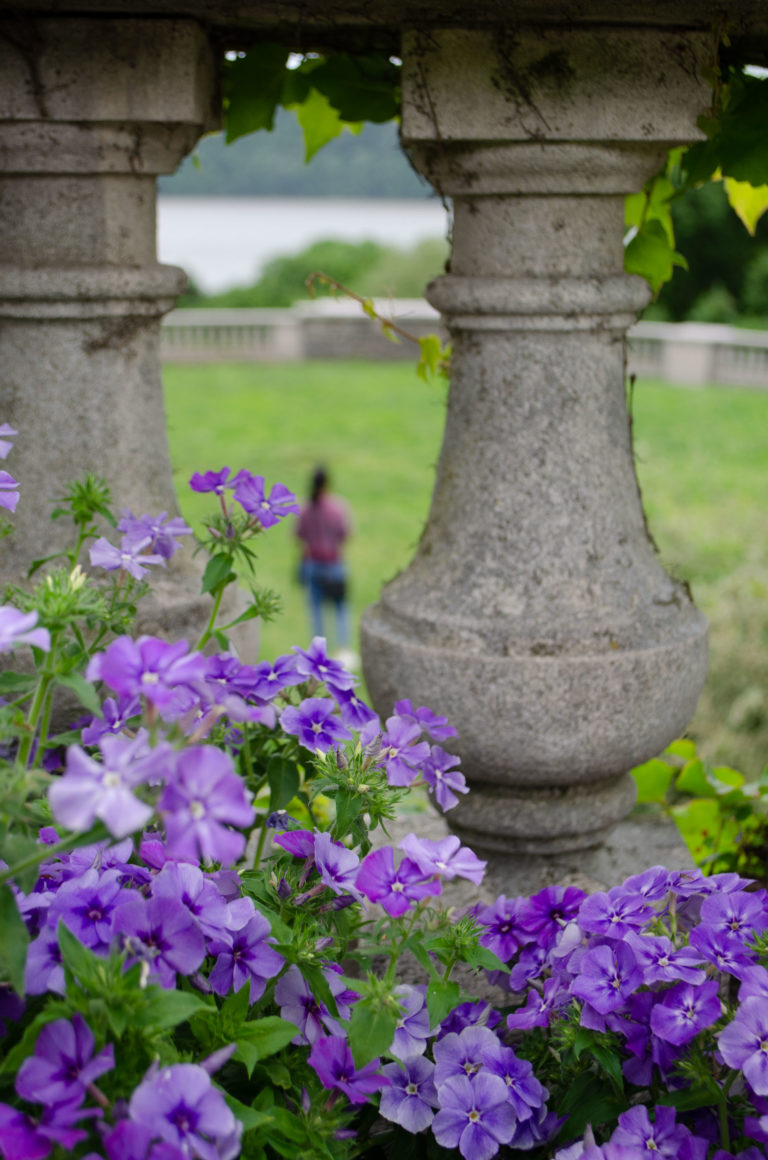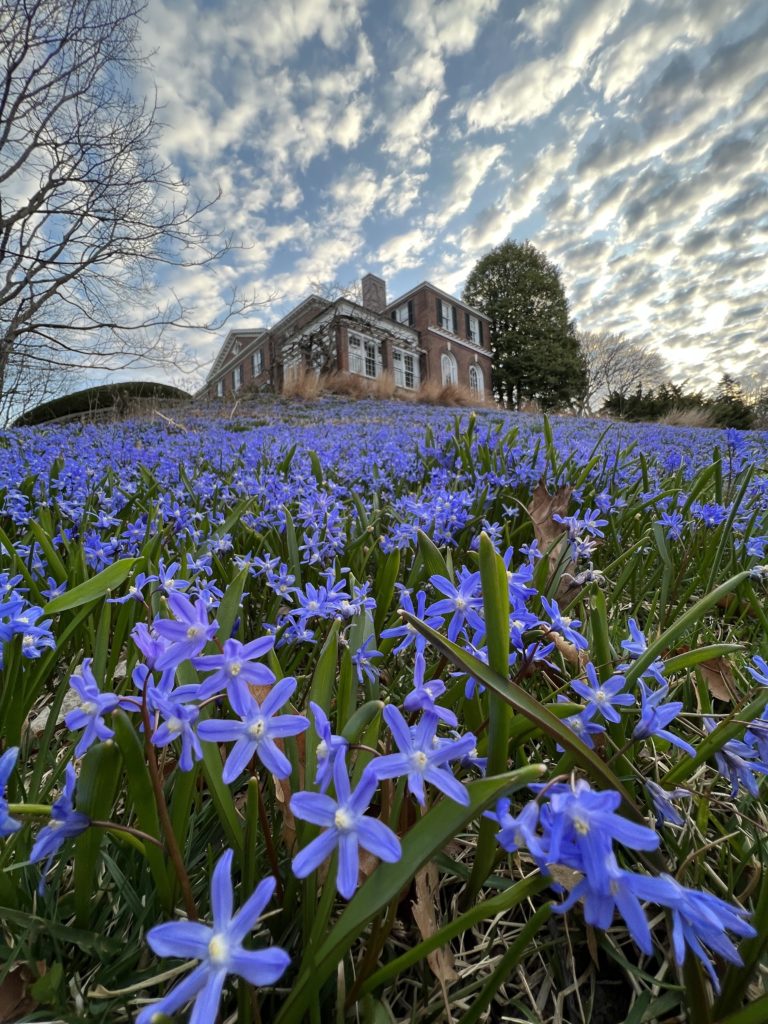
Habitat Cutback
April 17, 2023As part of Wave Hill’s ongoing programming with our Gardeners, we offer workshops and walks that highlight garden areas, notable-plant collections and methods of care. Recently, Associate Director of Horticulture Steven Conaway led a workshop on habitat-cutback principles and how home gardeners could apply them. This month’s Garden Journal article highlights some of those key concepts as applied at the Perkins Visitor Center garden area.

The garden goal at the Perkins Visitor Center is to appear welcoming and tidy, allowing people to use this space without being obstructed by plant material. This goal informs all of Conaway’s decisions while caring for this area. When it comes to habitat cutback, he also considers key objectives that strike a balance between pest reduction and habitat, while valuing plant health and beauty above all else.
Some plants are removed in early winter to carve out definition in the landscape, but most cutback is held until early spring, thus these creating winter interest and habitat. Conaway elaborates, that “it has become not only more acceptable to leave this winter interest up for longer, but it has become very in vogue and those styles have changed.”

In front of the Perkins Visitor Center, habitat cutback involves cutting herbaceous stems low and removing organic material for composting. In other areas, leaving 14 inches of stem on perennials and mulching in place are appropriate for the aesthetic. These two practices, Conaway shares, “leave a lot of organic matter in place, which produces soil conditioning and has benefits for nutrients and soil building properties. And it also preserves moisture. If we have coverage it acts as a mulch.” Outside the Visitor Center, however, “mulching in place in this prevalent area doesn’t really work.” The Gardeners will remove this material, turn it into compost and return the nutrients at a later time.

Mulch isn’t needed everywhere, and bare soil actually offers important habitat for ground-nesting insects. Conaway explains that “a lot of those pollinators use bare soil. So if you have a heterogeneous landscape and not a homogenous one, and you have little spaces with a little bit of bare soil that can be an element of working with self-seeding annuals, you need more bare soil so they can germinate. The Flower Garden has a lot of self-seed annuals with bare soil, it is no coincidence there are a lot of ground-nesting sweat bees in that garden.”
Considering that a garden can be “without borders” is a fairly new concept in the history of gardening. It has had an important impact on holistic garden management practices at Wave Hill. These, in turn, affect everything that lives in this garden.

Jess Brey,
Ruth Rea Howell Senior Horticultural Interpreter



